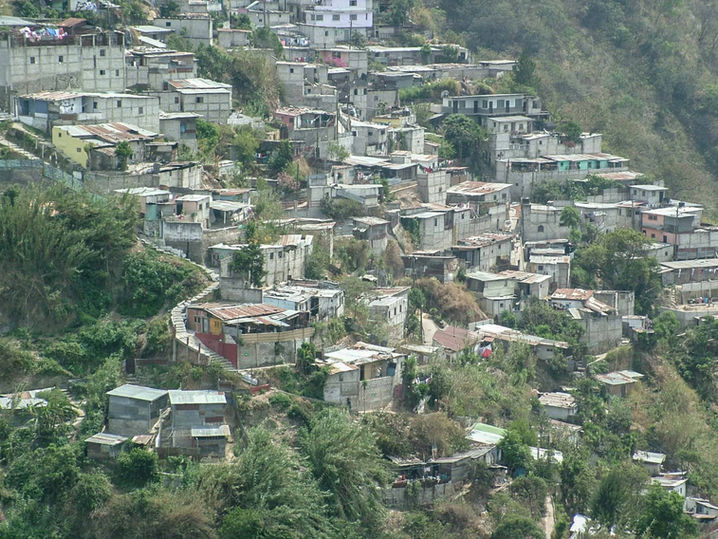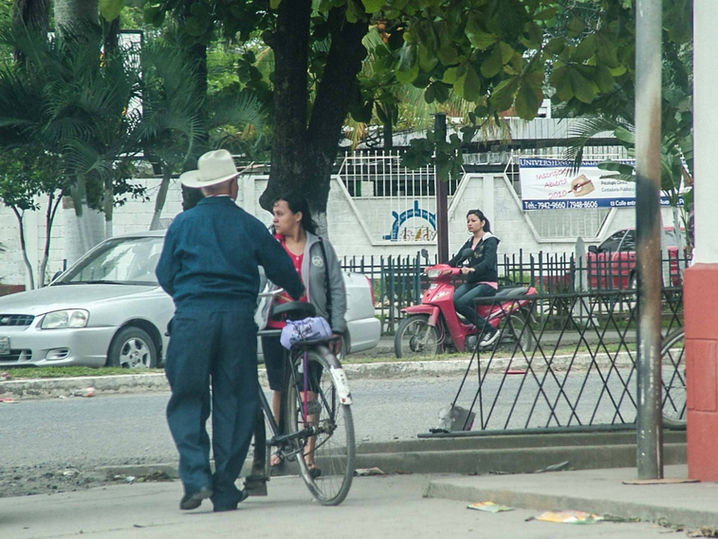Impressions of Guatemala
Crossing the border into Guatemala in an old wooden ‘lancha’ from the Mexican bank of the Río Usumacinta, is in itself already a peculiar experience. And we have not even started the exploration of the country yet!
Soon, we will find out that it is difficult to imagine a Central American country more authentic than Guatemala; colourful markets and street life, charming Lake Atitlán, surrounded by villages noisily going about their daily business, hardly worried about the fumes escaping from nearby volcanoes.
Today Guatemala seamlessly blends precolonial traditions and identity with the Christian heritage imported in the tracks of the Spanish ‘conquista’ by Pedro de Alvarado in the 1520s. It is fascinating how Guatemalans in villages like Chichicastenango and Zunil have managed to combine Christianity with a robust traditional spirituality, clearly rooted in precolonial cult. Visiting and discovering places is not always about the sights of grand architecture and postcard landscapes, it can also be about simple things of daily community life, which strike and impress for their stubborn resilience, for their spontaneous fidelity to tradition, for their vitality. If this sounds appealing, Guatemala is the place to be.
And not only that : archaeological sites like Tikal, Iximche and Copán, just across the border in Honduras, hidden in deep and dense forest, bring a silent but powerful testimony of the splendour and sophistication of Maya civilisation, which had nothing to envy of its European colonial predators, not in architecture, not in astronomy, not in mathematics and not in economic organisation.
A lot lies ahead of us to discover indeed, we contemplate, while our boatman navigates his shaky lancha around fast moving pieces of driftwood and along sandbanks, across, to the Guatemalan side of the Río Usumacinta ...
Before visiting the place of your choice:
The archaeological museum of Guatemala City is more than enough reason by itself not to skip the capital city from an itinerary through Guatemala. This museum of Maya art is simply brilliant and offers a clear and fascinating overview of Maya culture in its different perspectives of time and place. Maya civilisation was not monolithically organised but in city-States which were more often than not at war with one another, competing for supremacy and power. Guatemala covers only the Southern part of the Maya 'space', the remaining part mainly located in Mexico's Yucatán and Belize. To the East of Guatemala are Honduras and El Salvador, which do essentially not belong to the ancient Maya space, but rather to the Isthmo-Columbian culture stretching into the North of Columbia. Built around an elegant circular inner court, the museum holds a treasure of Maya artefacts from all over Guatemala and across the entire Maya historical time-line, from the Early Pre-Classical period of 1800-900 BC, over the Classical period of 200-900 AD to the Post-Classical period from 900 AD until the arrival of the Spanish in the 1520s.

© 2020.Created by Marc Van den Reeck with Wix.com























